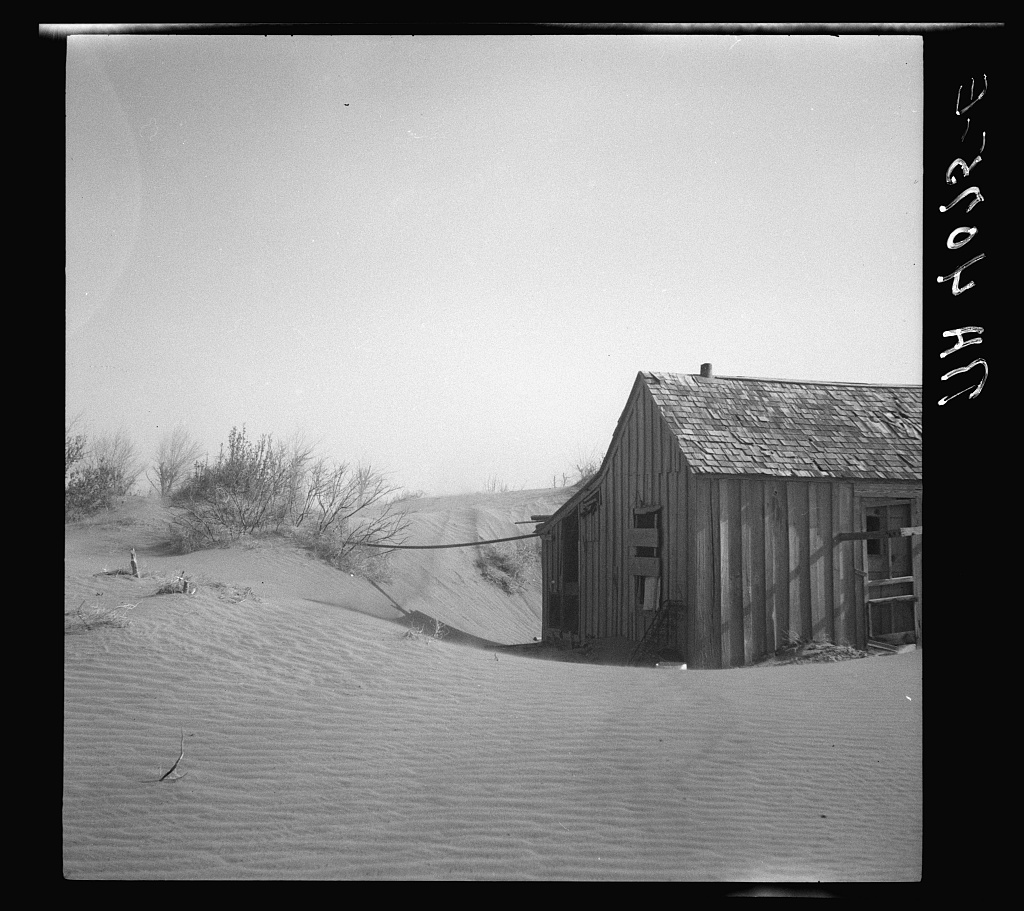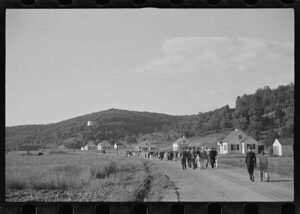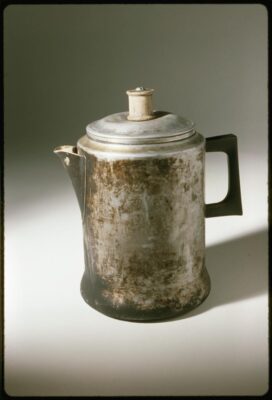Southern Legitimacy Statement: I am a Mississippian, born in the Northern Hills and currently living in the flatlands of the Delta. I was fortunate enough to grow up in a rural community where I learned the value of family, faith, and food, even if I didn’t know to appreciate these until recently.
Biscuits Lost to Time
My Aunt Willie is known over three counties for her delicious homemade cakes and pies. From three-layer red velvet cakes to fried chocolate hand pies, her desserts are sought after and frequently bring top dollar at local benefits and auctions. Coconut cake is her specialty. The secret is the coconut milk she bastes the three layers of white cake with as she stacks them and prepares each one for the seven-minute icing she applies in heaps to the sides and top of the cakes. She then squishes coconut flakes against the sides with the palms of her hands until the crispy shreds coat the entire thing.
She also makes mouth-watering fried chicken and fried okra so crisp the crunch can be heard throughout her modest house when we are eating dinner at her wooden table. That table has hosted over a thousand meals, I’m sure, and anyone is always welcome.
Aunt Willie learned these culinary talents and her sense of homegrown hospitality alongside her mother. My grandmother, Ovie Mae, was the wife of a farmer and a mother to nine children. She made do with little and stretched everything they had as far as it would go. One of my daddy’s favorite meals, dough burgers, is not a fancy dish by any means but a meal where flour, milk, and eggs are added to hamburger meat to make it “go further” as my grandmother would say. Eaten on two slices of bread with mustard and onions, it is simple but good.
As she fried the burgers on the stove, Mamaw Pannell, as she was known to her twenty plus grandchildren, would tell me about buying two pounds of hamburger meat when my grandfather sold their cotton at the gin in town. She smiled as she told me how all of her kids crowded at the table and ate them up as fast as she put them on a plate.
Growing up, I was treated to meals like this on a regular basis with no appreciation for them. I hated dough burgers, couldn’t stand her chicken and dumplings, and turned up my nose at a butter roll, her most famous dessert. A delicious mix of biscuit dough, sugar, and butter, similar to cinnamon rolls, my older cousins loved butter roll and looked forward to it every Thanksgiving and Christmas. For some reason, I was not as convinced of its sugary appeal.
Looking back, I can only imagine the internal cringing my mother was doing as her only child loudly protested the meal being offered to us by her mother-in-law. But to my grandmother’s credit I can never remember her scolding me or being rude to my mother over my protests. My dad’s siblings have often accused him of being their mother’s favorite since he was the baby boy and next to the youngest. If true, this fact was my saving grace during these times of turning my nose up at her cooking.
While I was too young and dumb to appreciate the quality of the home cooked meals she offered me, there was one thing I did have an affinity for. More than anything else that she made, I loved my grandmother’s biscuits. Warm and buttery with a crisp, brown top and crunchy bottom covering the airy insides, I happily devoured them and ignored the other items on the table. Garden fresh butter beans and mashed potatoes didn’t stand a chance to her biscuits. There was always Karo syrup or a jar of homemade jelly that could be added onto a split biscuit to send it over the edge of goodness.
I can vividly remember sitting at the round table in Mamaw Pannell’s small kitchen. If I close my eyes I’m taken back to the smell of a roast she coated in flour then seared in a black, cast iron skillet before placing it in the oven to bake. The sounds of her sewing machine that she kept in the room because it had the best light in the house and allowed her to cook and hem a pair of pants at the same time.
But always, I go back to the biscuits. No measuring of flour, milk, or butter was necessary because her practiced eyes knew just how much to add to achieve the right consistency. The repetitive motions of folding and patting that her flour coated hands made to shape the dough on the table. The back and forth of the metal biscuit cutter and the skritching sound it made as it slid across the table top after separating a round of dough from the mass. Mamaw didn’t use the oven to bake her biscuits, preferring instead to cook them in an electric skillet with a heating element inside the top. Baking them this way created the fried crispness of the bottoms and the flakey texture of the inside.
And while I know we had large family dinners at her house with all of my aunts, uncles, and cousins, especially for holidays, those are not the meals I most identify with Mamaw. What I remember most are the suppers with just the four of us: her, my parents, and me. The communal passing of bowls, the ladling of vegetables onto plates, the conversation across the table, and the biscuits she kept placing on my plate.
As an adult, I have a true appreciation for all of the foods that I snubbed as a child. And thanks to the diligence of my grandmother, her daughters, and granddaughters I can still experience most of them. My Aunt Willie has perfected her chicken and dumplings to where they are almost identical to Mamaw’s. There is nothing better on a cold day than scooping up bits of chicken and pieces of doughy dumpling out of a bowl of warm, thick broth flecked with pepper. Sherry, my first cousin, learned how to make butter roll from Mamaw before our grandmother passed away and now she is the one to bring it to our Christmas lunches. I make sure to get a plateful now and refuse to share, even with my husband.
But the biscuits have not found a true representation. For several summers, I have sworn that I was going to work to duplicate Mamaw’s recipe and recreate her biscuits, finding a way to bring back not only a piece of her but of my childhood as well. Unfortunately, her recipe was never written down and the electric skillets she used are nowhere to be found, the dual top and bottom elements having been phased out years ago. Mamaw’s biscuits may be left only to memory, like the story of how she broke her arm trying to find a replacement top for her electric skillet at a yard sale back in the ‘80s. Even if I never recreate them, those biscuits and the memories they hold of my grandmother will live on for me. Every other biscuit will just be a sad imitation.




